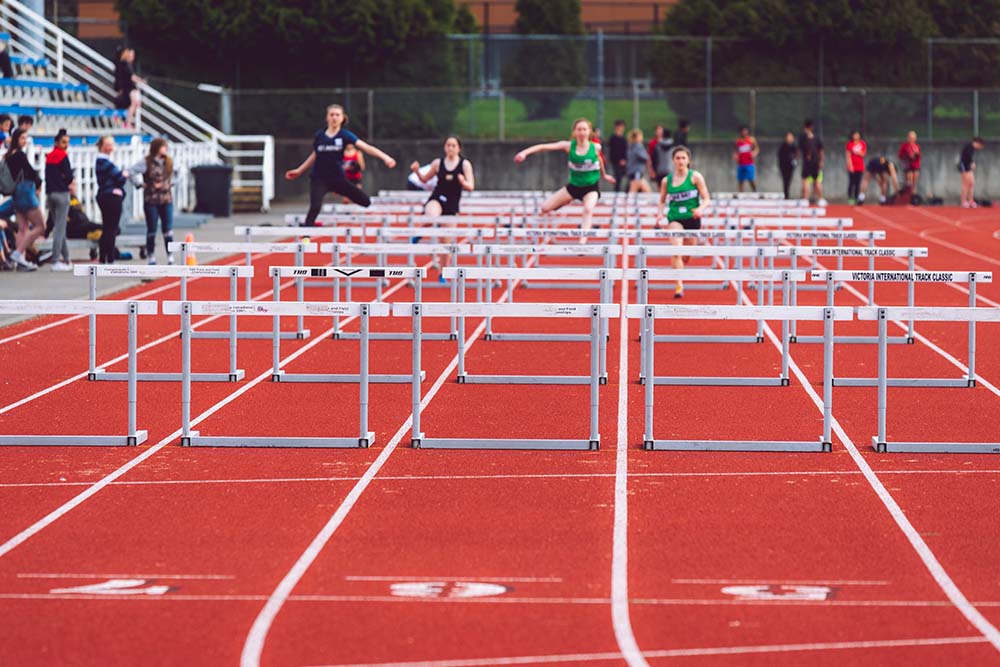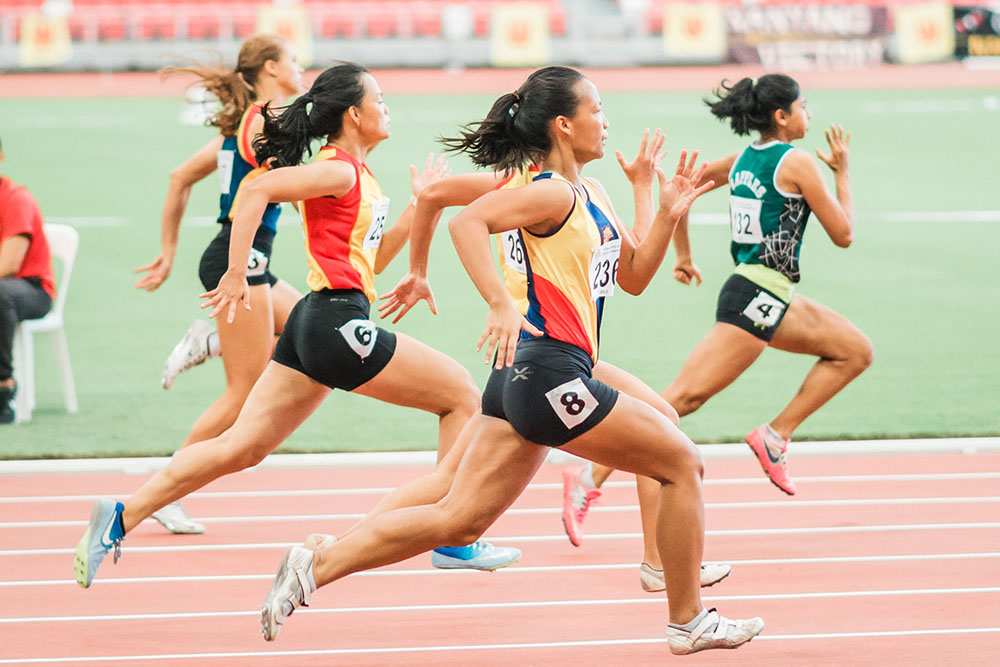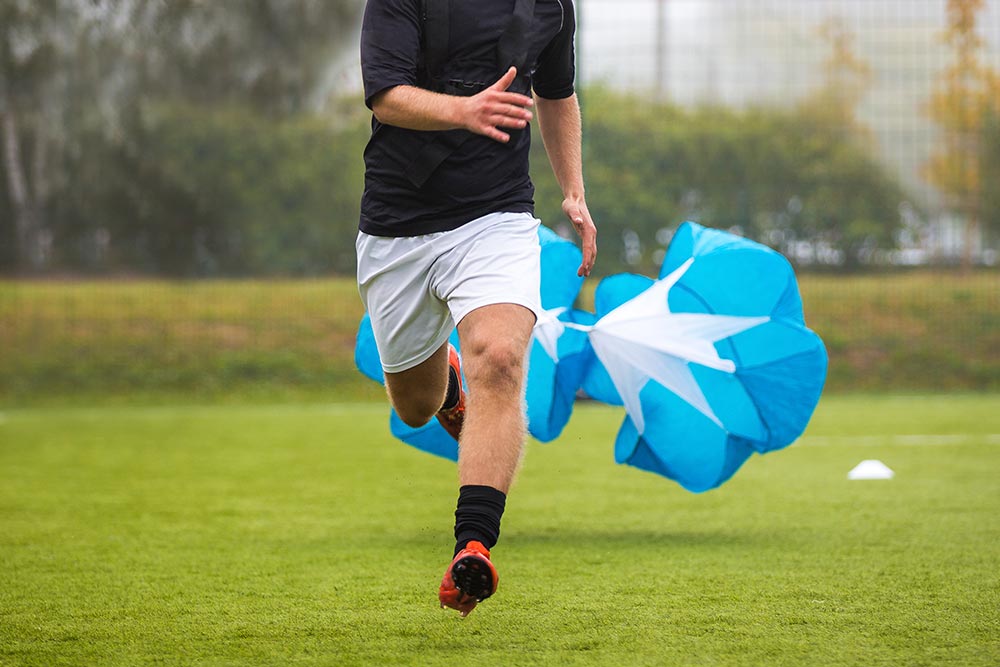Why Is HIIT Different? – Intervals Vs Endurance (Part 2)

Evan Stevens
Why Is HIIT different?
Let’s set aside CEE (continuous bout of exercise without a break interval and can be performed at low, moderate, or high intensities) for a minute and just think about HIIT (highly strenuous bursts of activity separated by periods of low intensity or rest). We just discussed the fact that HIIT is difficult to define because it occupies such a broad spectrum of activity. Varying interval lengths means that we may be working more than just our anaerobic system and actually be training our aerobic system, which is also what CEE does.
Studies have shown that the more intervals we do the further away from anaerobic systems we get. Some studies have shown that successive bouts of exercises inhibit our ability to go through a glycolytic pathway because substrate utilization goes way down and there is an uptick in oxidative phosphorylation (again, at a substrate – or cellular – level). What’s more interesting is that this was found to be true in bouts as short as 30 seconds separated by a full 4 minutes of recovery, which is exactly the type of work we would expect for anaerobic systems. In this short interval-long recovery study they found that the first two bouts of 30 seconds were glycolytic but after bout three the test subjects were almost entirely aerobic and utilizing oxidative phosphorylation for their energy needs.
Related Article: Clash Of The Titans – Intervals Vs Endurance (Part 1)
Effort
HIIT initially taps into an anaerobic system but switches into an aerobic system in very short order, regardless of length of interval and recovery duration. And therein lays the exact difficulty in defining HIIT – variable durations in both exercise duration and rest as well as using the same system as CEE. At longer interval distances wouldn’t HIIT be considered CEE? Well, it’s because there is one thing that makes HIIT slightly different than CEE – effort.
 Effort is something that can be difficult to measure. Most researchers will describe effort as a percentage of VO2max or maximal working heart rate. However, for HIIT to work as a main source of exercise, it must be performed until failure, that is, until you cannot perform another set. You have exhausted yourself, depleted your glycogen levels and simply cannot do another interval. This is something that is actually quite difficult and requires something that is less quantifiable – mental toughness. Most of us except for the true masochist and elite athletes among us are unable to go that deep into the well. We bottom out a little sooner than that, almost as a self-preservation mechanism.
Effort is something that can be difficult to measure. Most researchers will describe effort as a percentage of VO2max or maximal working heart rate. However, for HIIT to work as a main source of exercise, it must be performed until failure, that is, until you cannot perform another set. You have exhausted yourself, depleted your glycogen levels and simply cannot do another interval. This is something that is actually quite difficult and requires something that is less quantifiable – mental toughness. Most of us except for the true masochist and elite athletes among us are unable to go that deep into the well. We bottom out a little sooner than that, almost as a self-preservation mechanism.
Related Article: Mental Fatigue Can Affect Your Workout
Not A Perfect Science
This is another reason why there are many questions surrounding workout protocols involving HIIT versus CEE. If a person has been training at 90% of their “max heart rate”, this 90% threshold could mean two different things depending on how well someone is able to push themselves in a laboratory setting. Let’s say you test yourself and find that your max heart rate is 184; 90% of that would be about 165. So your interval work would be done somewhere close to work equivalent to 165 beats per minute. But what if in a real-world setting you are able to blast your heart rate up to 200; suddenly 90% is almost what your “test” max heart rate would be, which changes the intensity and could change the exercise outcomes, namely that instead of high intensity we may be scaling down into more mid-high intensity and encroaching into territory covered by more strenuous CEE efforts.
Takeaway
Effort and the perception of maximal effort is something we need to keep in mind when we define HIIT; HIIT describes going to failure otherwise we may not get some of the benefits from this type of exercise. A rule that some follow for maximum heart rate is 220 minus your age, but if someone is very fit and active, this rule tends not to apply because of all the physiological benefits gained from exercising.
Related Article: Predict Overuse Injuries In CrossFit Athletes
You Might Like:
















